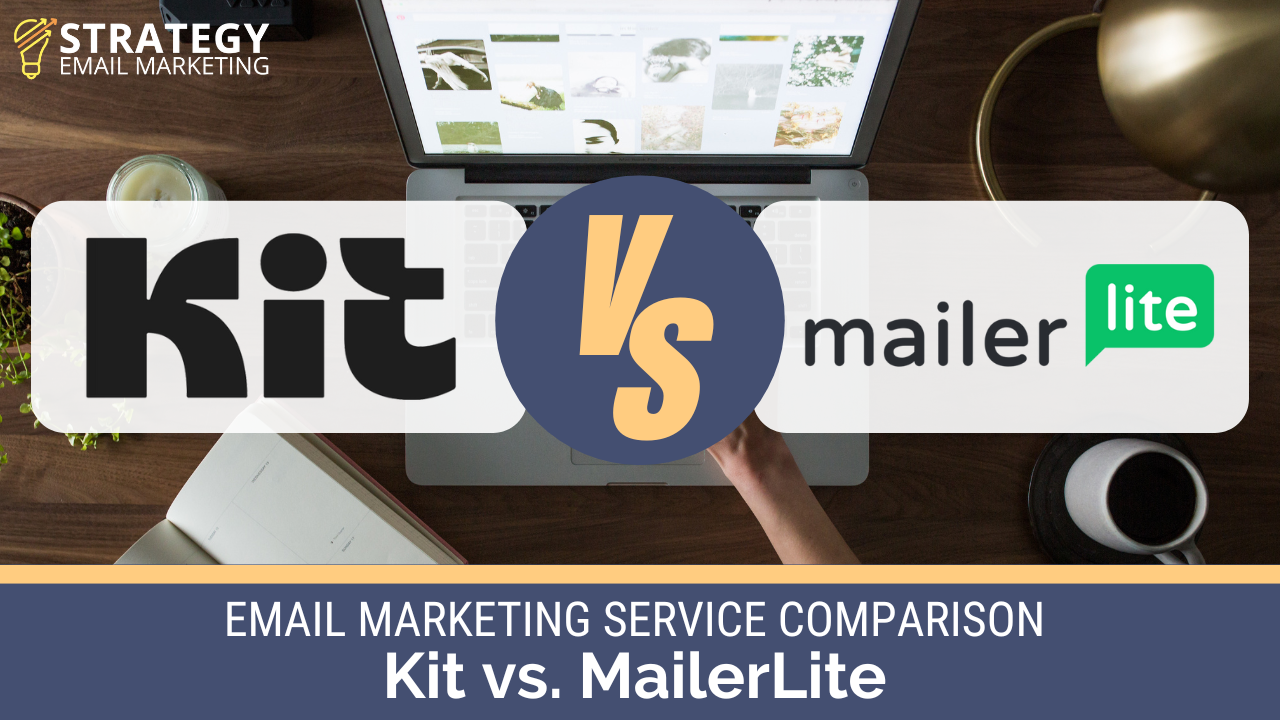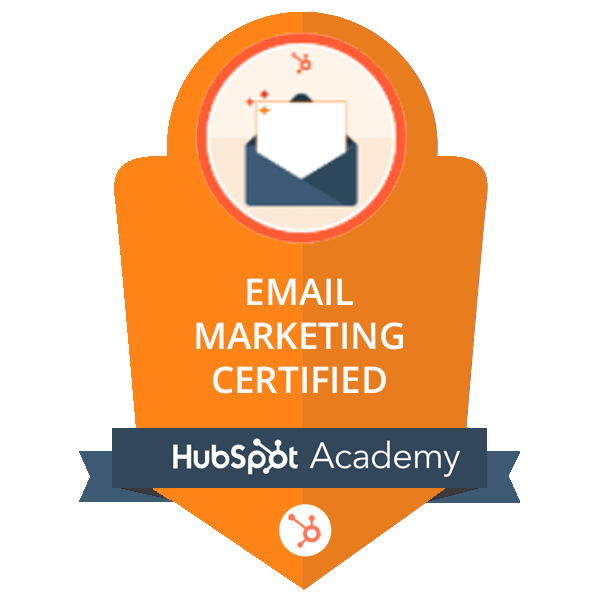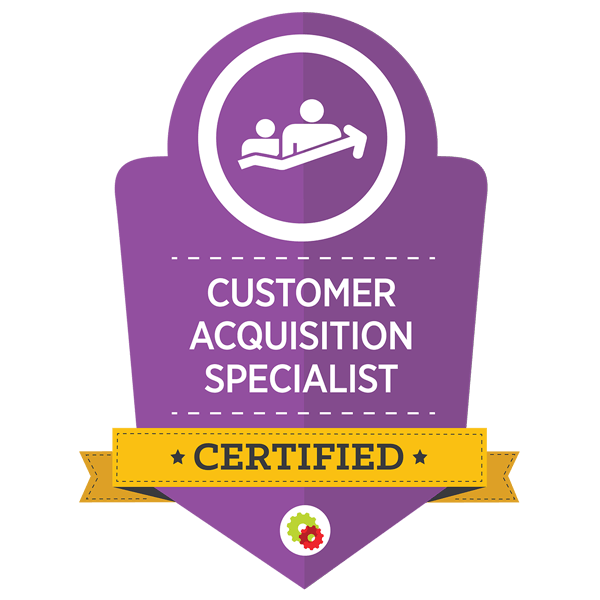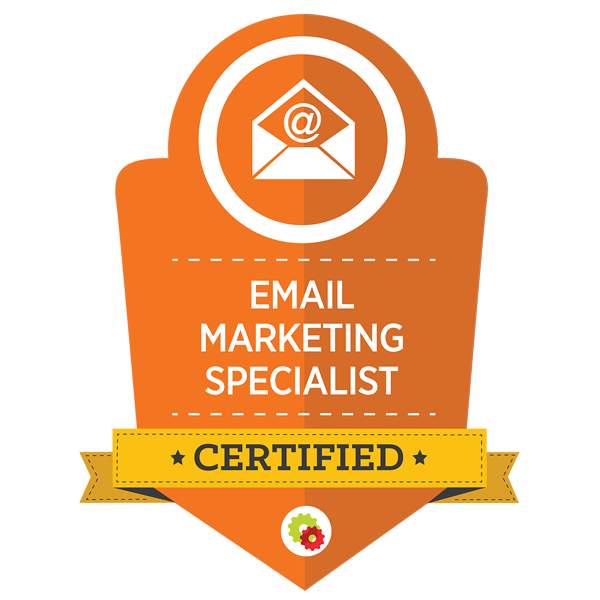Software Showdown: Kit vs MailerLite for Creators Who Sell

If you’re just starting out with under 3,000 subscribers, this Kit vs MailerLite comparison will help you pick the tool that’ll make email marketing feel intuitive...and profitable.
A Quick Word from Me
I’m a long‑time user of Kit (formerly ConvertKit). I’ve used it to build landing pages, set up smart automations, segment my list, as well as sell digital products—all while generating thousands of dollars in revenue.
In this article, I’ll give my honest, personal comparison between Kit and MailerLite so you can decide which one feels like the fastest route to making money with your list.
Solopreneurs and creators need tools that are:
- Easy to learn and use
- Affordable and scalable
- Able to help you send engaging emails, automate workflows, and sell quickly
Both Kit and MailerLite fit the bill, but they take different approaches.
Let's explore them together...
Pricing Breakdown
Kit (formerly ConvertKit)
- Free ‘Newsletter’ plan: up to 10,000 subscribers, unlimited broadcasts (emails), landing pages, opt-in forms, one automation and one sequence, but limited support.
- Creator plan: starts at $29/month for up to 1,000 subscribers (unlimited for emails, forms, landing pages, visual automations, 2 users). Scales: $49 for 3,000 subs, $79 for 5,000.
- Creator Pro plan: adds advanced reporting, engagement scoring, deliverability data, newsletter referral system, Facebook custom audiences, priority support, starting around $59/month at 1,000 subscribers and $79 at 3,000.
Kit’s free tier is generous (10K subscribers!), which is perfect if you’re building slowly...
...but automations are limited until you upgrade.
MailerLite
- Free forever plan: up to 1,000 subscribers, send up to 12,000 emails/month, includes drag‑and‑drop editor, automation builder, 10 landing pages, forms, basic segmentation, websites. No templates access for free.
- Growing Business plan: starts at around $10/month for 500 subs, $15/month for 1,000, $25/month for 2,500, etc. Plans include unlimited emails, unlimited landing pages, automation workflows, campaign auto-resend, A/B testing, dynamic emails, sell digital products, more templates.
- Advanced plan: adds enhanced automations, AI writing assistant, Facebook ads integrations, user seats, pop‑ups. Starts about $20–30/month at low subscriber counts. Enterprise pricing beyond 100K.
MailerLite’s pricing is among the most affordable out there—especially for solopreneurs on small lists.
Return to top of Kit vs MailerLite
Features & Usability
User Interface & Ease of Use
Kit: Also user‑friendly, built for creators. Clean design, step‑by‑step automation flows, tagging and segmentation that feels powerful yet accessible. Might take a few minutes to feel comfortable—but worth it.
MailerLite: As simple as it gets. Clean drag‑and‑drop editor, intuitive dashboard, beginner-friendly automation builder. Great for people who want to jump straight into sending emails without a learning curve.
Automation & Sequences
Kit: Offers visual automations with unlimited triggers, unlimited sequences (on paid plans), powerful segmentation, tagging, “resend to unopened” features. You can react when someone clicks or fills a form or buys. Perfect if you want workflows that feel smart.
MailerLite: Basic automation workflows are solid—drips and some multi-trigger conditions—but less flexible than Kit. You can resend campaigns, do A/B testing on subject lines, but there’s no deep funnel logic or engagement scoring.
Segmentation & Tagging
Kit: Subscriber tagging and segments are core. You can build bundles of readers and send personalized content. It’s super flexible and important for selling creatively.
MailerLite: Supports tagging and segments too—good enough for basic groups and interest lists. Doesn’t go as deep as Kit if you want highly granular triggers or nested rules.
Return to top of Kit vs MailerLite
Landing Pages & Forms
Kit: Unlimited landing pages and forms in all plans, including free. Templates are professional and easy to customize. Forms integrate deeply with tagging and automation.
MailerLite: Also unlimited landing pages, forms, and pop‑ups (paid plan access to templates). Drag‑and‑drop builder makes life easy.
Analytics & Reporting
Kit: Creator Pro adds engagement scoring, deliverability reports, subscriber trends, and referral tracking. Good if you lean on data to iterate.
MailerLite: Basic analytics—open rates, clicks, unsubscribes. You get comparative reports and A/B testing performance, but not deep scoring or live deliverability data.
Resend to Unopened / Campaign Resend
Kit: Has built-in “resend to unopened” option—super useful for boosting engagement fast.
MailerLite: Growing Business plan includes campaign auto‑resend—a similar feature, but fewer targeting options compared to Tag-based Kit resends.
Customer Support
Kit: Good support on free plan. Upgraded plans bring priority or premium support. Free migration service on paid tiers is a big bonus.
MailerLite: 24/7 live chat & email support even on the free plan (for first 14 days), 97% satisfaction; support slows slightly on free long term.
Return to top of Kit vs MailerLite
Selling Tools & Monetization
Kit Commerce / Paid Newsletters
Kit has built-in tools (under paid plans) to sell digital products and paid newsletters. You can set price, create check‑out pages, and build automations around purchases.
Kit takes a 3.5% + $0.30 fee per sale.
That means you can qualify, automate, sell, and follow up—all in one platform. I’ve used it personally to run mini‑courses and paid subscriptions.
MailerLite
MailerLite Growing Business plan supports selling digital products and paid newsletters too, with Stripe integration.
It doesn’t have native checkout pages the way Kit does—it relies on integrations or your own embed workflows. Still functional, but less seamless.
Best Fits by Use Case
If You’re Starting Out (0–1,000 subs):
- Kit free lets you go to 10K subs—but automations are very limited (one sequence). Still useful if you want eventual scaling and a taste of tags/segments.
- MailerLite free gives you forms, landing pages, automation, up to 12K emails/mo. Great to get started, free.
For Solopreneurs Growing to ~3,000 subs:
- Kit Creator (~$49/mo at 3,000 subs) adds unlimited automations and segmentation power. A better fit if you want to customize user journeys and resale funnels.
- MailerLite Growing Business (e.g. ~$25/mo at 2,500 subs) gives most core features cheaply. Good UI, templates, automation, selling support.
For Creators Focused on Monetization:
- Kit stands out. Built-in paid newsletters, commerce, referral tools, engagement scoring, and deeper tagging. If you want to build funnels to sell, it’s a robust choice.
- MailerLite works fine to sell digital goods—but you’ll lean on Stripe and integrations. No referral systems or built-in commerce dashboard like in Kit.
Return to top of Kit vs MailerLite
Pros & Cons
Feature
Kit
MailerLite
Free tier size
Up to 10,000 subs, limited automations
Up to 1,000 subs, generous automation but capped monthly sends
Pricing (up to 3k subs)
~$49/mo Creator at 3,000 subs
~$25/mo Growing Business at 2,500
Automation power
Unlimited visual automations, advanced segmentation
Basic workflows, A/B testing, campaign auto resend
Segmentation / tagging
Deep tagging & segment control
Good tagging and groups, but less flexible
Selling tools
Built-in Commerce & paid newsletters with low fees
Integrates via Stripe, but less native
Analytics & scoring
Engagement scoring (Pro tier), advanced reporting
Basic reports & campaign metrics
Support
Free basic, priority on paid, free migrations
24/7 chat & email support, good satisfaction rate
Usability
Creator-oriented, friendly learning curve
Extremely beginner-friendly
Templates & design
Clean, simple templates
More modern/drag-and-drop templates (paid plans)
My Personal Take
I’ve used Kit for years. I love the interface, tag-based segmentation, resends to unopened, responsive live support, and analytical data that helps me make smarter decisions.
Setting up landing pages and automations takes a few clicks—letting me focus on content instead of tech. Selling digital products and newsletters is built right in, which is what has kept me in business all this time.
That said, if you’re budget-conscious, just starting out, or overwhelmed by features—you can’t go wrong with MailerLite.
It’s a friendly, affordable tool that still gives you automation, landing pages, campaigns, and basic e-commerce without breaking the bank.
Return to top of Kit vs MailerLite
Final Word: Which One Makes Solopreneurs Money Faster?
Here’s how I see it:
If you want simplicity and low cost up front—start with MailerLite (especially their free or Growing Business plan). You get most tools you need fast and easy.
If you plan to scale quickly, automate complex funnels, segment deeply, sell paid newsletters/products, and build income sooner—Kit is the better long-term bet.
Ready to Sign Up?
If Kit sounds like your style—head over and...
Preferring MailerLite’s budget-friendly path...
Final Thoughts
For solopreneurs with small lists, both platforms let you hit the ground running.
MailerLite wins for affordability and simplicity.
Kit wins for long-term automation, personalization, and monetization tools.
I personally prefer Kit because I love building smart funnels that turn fans into paying customers—and it’s how I scaled my email income.
Either way you lean, you're in good company. Choose the one that fits where you're at—and if later you want more automation or selling power, Kit’s easy upgrade path is there waiting.
And hey—either way, it would mean a lot if you sign up with one of my links to support the work I do:
Create Your Account with MailerLite
Happy sending...and making more money with your email list!
If you found this helpful, please share it and join our free Email Marketing Wisdom Newsletter for more.
"Success is not final, failure is not fatal: It is the courage to continue that counts."
- Winston Churchill
- Homepage
- Email Marketing Service Comparisons
- Kit Vs Mailerlite







